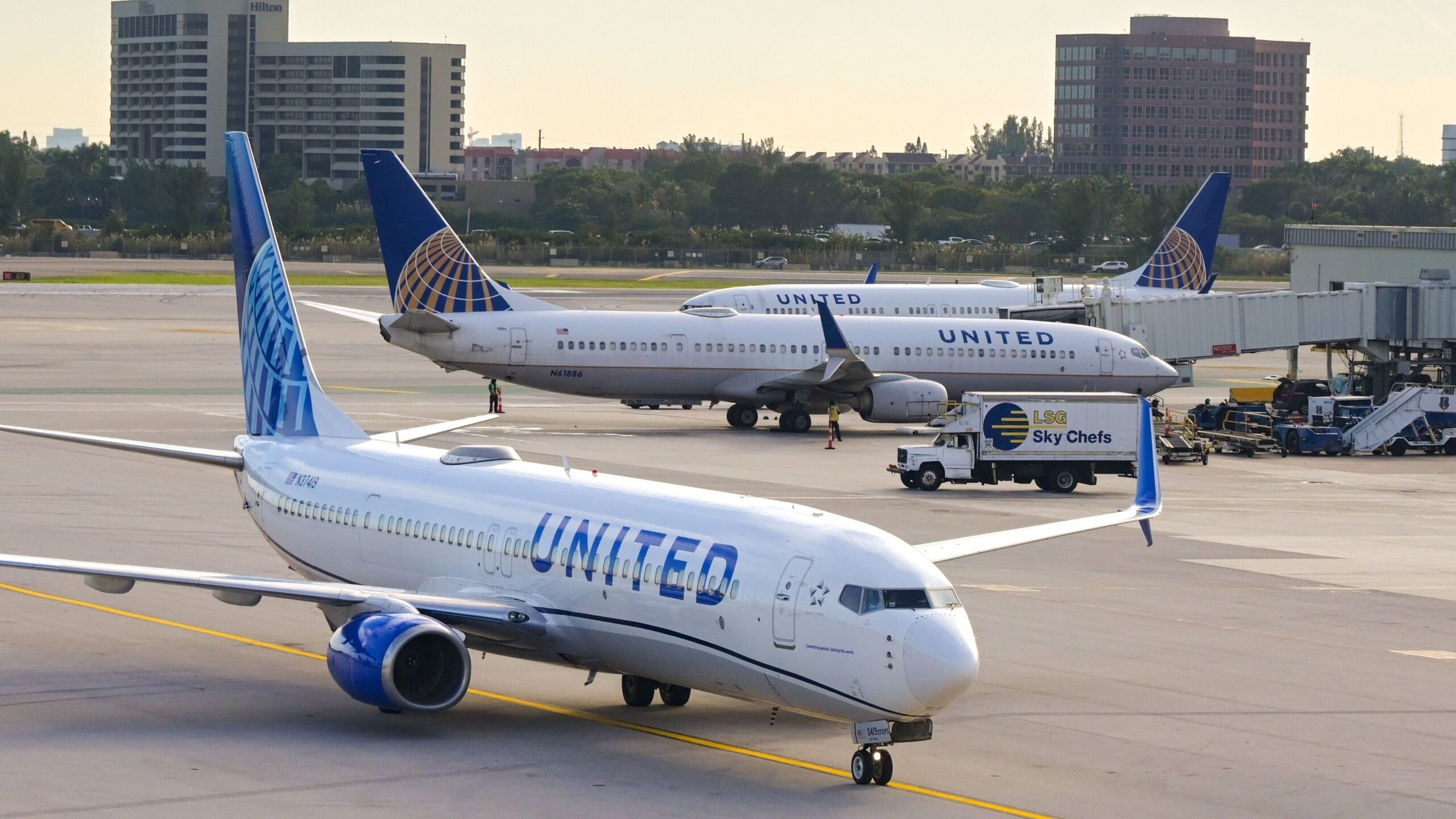During the ![]() United Airlines
United Airlines
earnings call, its executives have remarked that 2024 was another solid step toward the carrier achieving double-digit pre-tax margins, with Scott Kirby, the chief executive officer (CEO) of United Airlines, remarking that everything started with the United Next strategy.
The executives have also shared their views on broader industry problems, including the Federal Aviation Administration’s ( FAA
) staffing challenges, the conversations with the incoming Trump administration, and ![]() Boeing
Boeing
effort to certify the 737 MAX 10.
Structural and durable industry changes
According to Kirby, additional tailwinds are facing the airline industry. The international market will be stronger for longer because of the structural supply constraints that are going to last at least until 2030.
“Widebody supply, both airframe and engine, is even more challenging than narrowbody.”
Kirby noted that domestically, it was tough to envision ultra-low-cost carriers (ULCC) growing by 15% to 20% once again, which had already happened in the early 2010s. As a result, airlines will primarily focus on flying where they have a competitive advantage, with each carrier having different competitive strengths and weaknesses in the post-pandemic era.
“Cost convergence has been the most impactful in the big cities.”
Photo: Wenjie Zheng | Shutterstock
As a result, with Kirby using New York and its three airports as an example, low-cost carriers are flying to these cities with razor-thin margins while having an advantage over United Airlines when operating point-to-point itineraries.
“It really is a transformed industry and United, more than anyone, is leading the way.”
Answering a question from analysts, Kirby said that his confidence in the current industry backdrop lasting for years comes from math and economic reality. The CEO added that he does not see that it will be possible to be a low-cost carrier and fly profitably to New York, Chicago, or Los Angeles.
“The business model just does not work because the governments in those entities have priced low-cost carriers out of the market.”

Examined: Why Are US-Based Low-Cost Carriers Introducing Premium Options In Their Cabins?
These changes have come as cost pressures have resulted in worsening financial performance among the US-based low-cost carriers.
External challenges
While United Airlines’ executives seemed very bullish about the future of the airline, including its journey toward double-digit pre-tax margins, they also acknowledged that the company has been facing external challenges, including aircraft delivery delays.
Brett Hart, the president of United Airlines, remarked that despite the airline’s performance throughout the year, including the best post-pandemic turnaround times (TAT), staffing remains a challenge at the FAA, in particular, air traffic controllers (ATC).
“In 2024, even on clear blue sky days, 66% of United’s delays were driven by ATC challenges in technology and staffing.”
Photo: Robert Buchel | Shutterstock
Still, the revenue environment was favorable for United Airlines, which achieved its best revenue day the Sunday after Thanksgiving. Andrew Nocella, the chief commercial officer (CCO) of United Airlines, noted that the previous record was beat by 25%. Nocella added that the carrier’s network was very healthy as it continues with the ‘United Next’ plan.
The CCO continued that after years of waiting, United Airlines is finally welcoming “a critical mass” of narrowbody aircraft, enabling the carrier to upgauge its fleet. However, the airline, which ended 2024 with 1,406 aircraft, will take delivery of 81 aircraft, split between 71 narrowbodies and ten widebodies, resulting in capital expenditures (CapEx) of less than $7 billion, according to Mike Leskinen, the chief financial officer (CFO) of United Airlines. It previously planned to add 100 aircraft during the year.
Speaking about the 737 MAX 10
, with Nocella noting that large-gauge narrowbody aircraft, in general, are the highest-margin aircraft in the country, Leskinen said that the company was becoming more hopeful about 737 MAX 10.
“Boeing is starting to make some real progress in improving their business. We are becoming more bullish on the [737 MAX 10].”

Related
United Airlines Removes Boeing 737 MAX 10 From Expected Aircraft Deliveries
The airline is moving forward with its plans without the MAX 10s.
Upside on the Trump administration
Kirby also discussed the incoming Donald Trump administration, noting that the newly inaugurated President of the United States not only knows a lot about aircraft but also about the airspace in the US, focusing, “even at his level,” on fixing it.
Photo: United Airlines
The CEO also shared that he already had a conversation with Sean Duffy, the new Transportation Secretary, who is also focused on fixing the ATC situation and will provide the FAA with the right resources and technology to run the airspace effectively.
“I have a lot of confidence in this administration and that they are focused on doing things that unlock American innovation and entrepreneurialism [with the removal of] regulatory burdens and expanding the economy.”

Related
Buttigieg Pushes Back On Delta CEO’s Claim Of “Overreach” In Passenger Protections
Buttigieg responded to the comments Delta Air Lines’ CEO had made in November.
The earnings call came following another impressive year for United Airlines, which ended 2024 with a net income of $3.1 billion and revenues of $57 billion. Kirby remarked that 2024 was a strong year across the board, with the carrier entering 2025 with demand trends continuing to accelerate, which puts the airline on a path toward double-digit pre-tax margins.
In 2024, United Airlines also carried a record-breaking 173.6 million passengers, an increase of 5.3% year over year (YoY).

Related
United Airlines Made $3.5 Billion Last Year Flying More Passengers Than Ever
United Airlines’ CEO remarked that 2024 was a strong year, with demand trends in 2025 continuing to accelerate.




